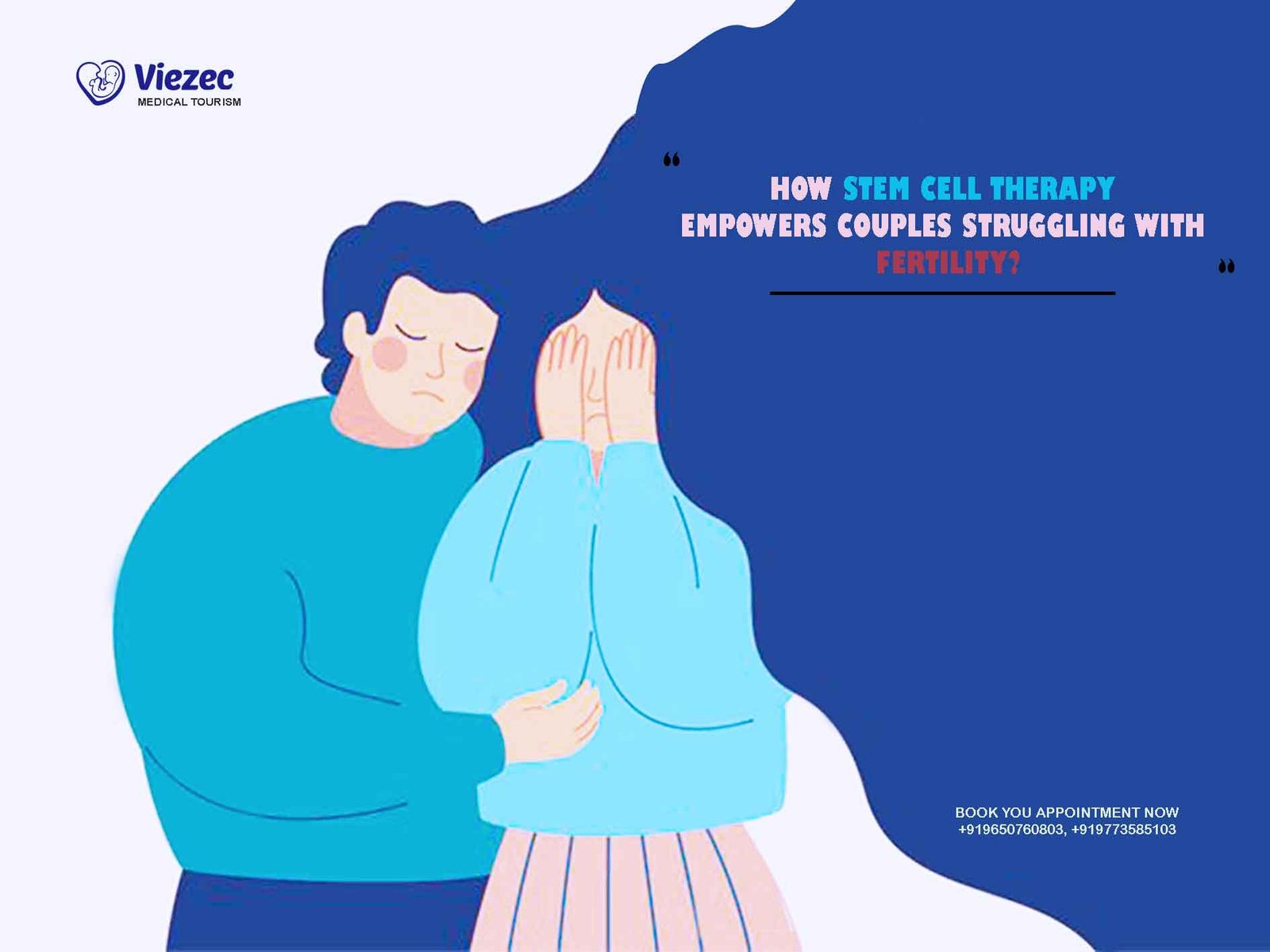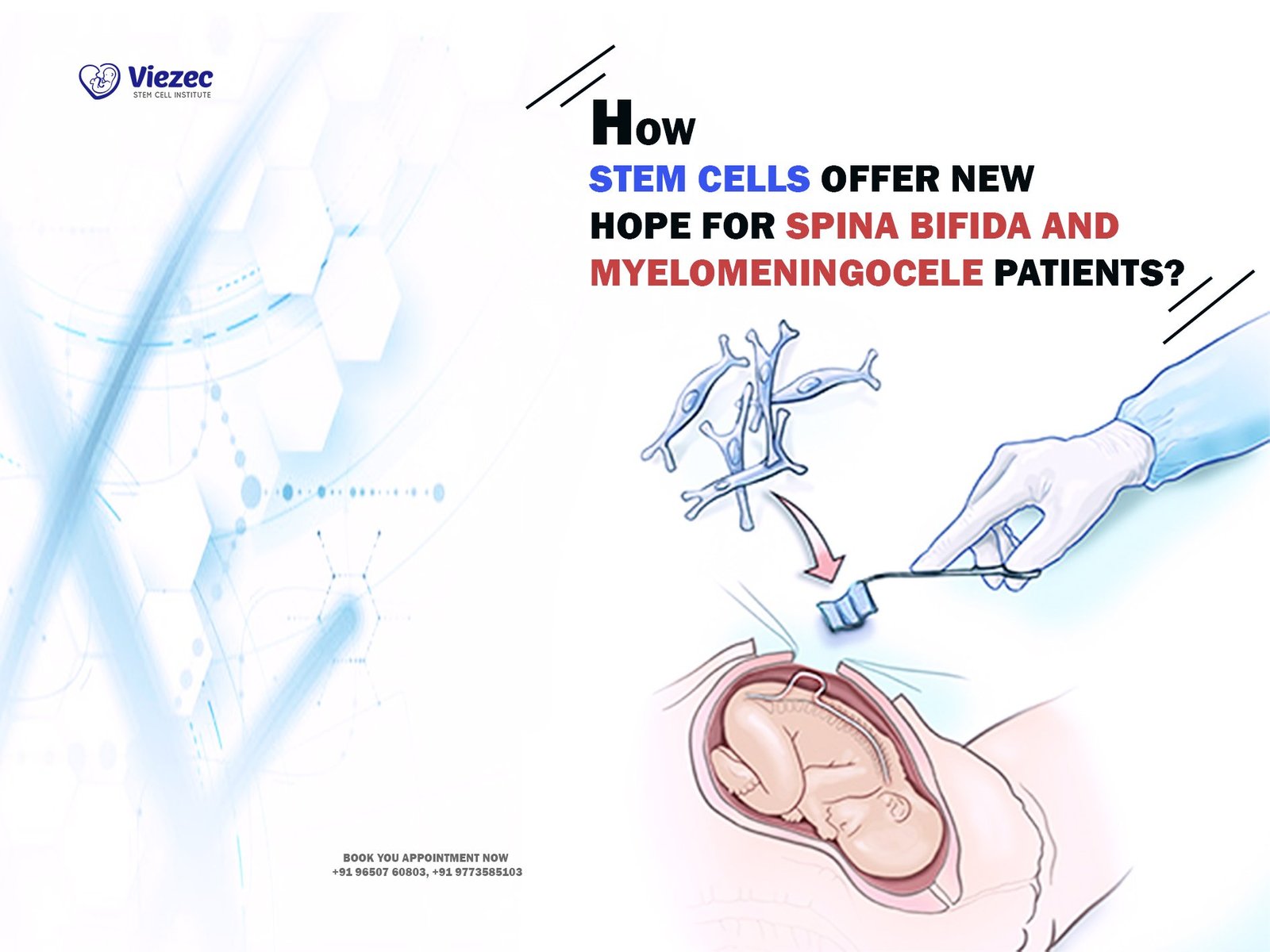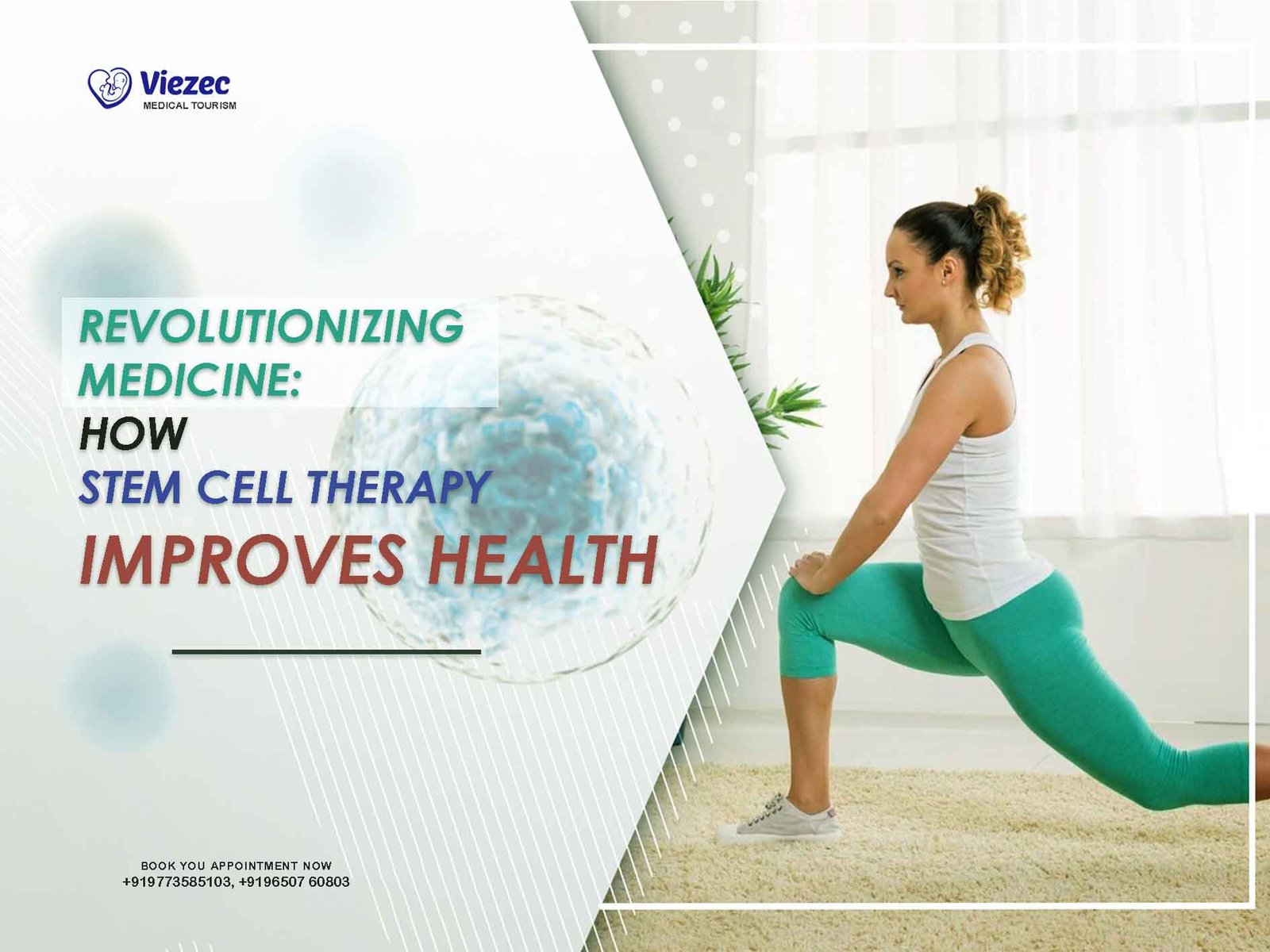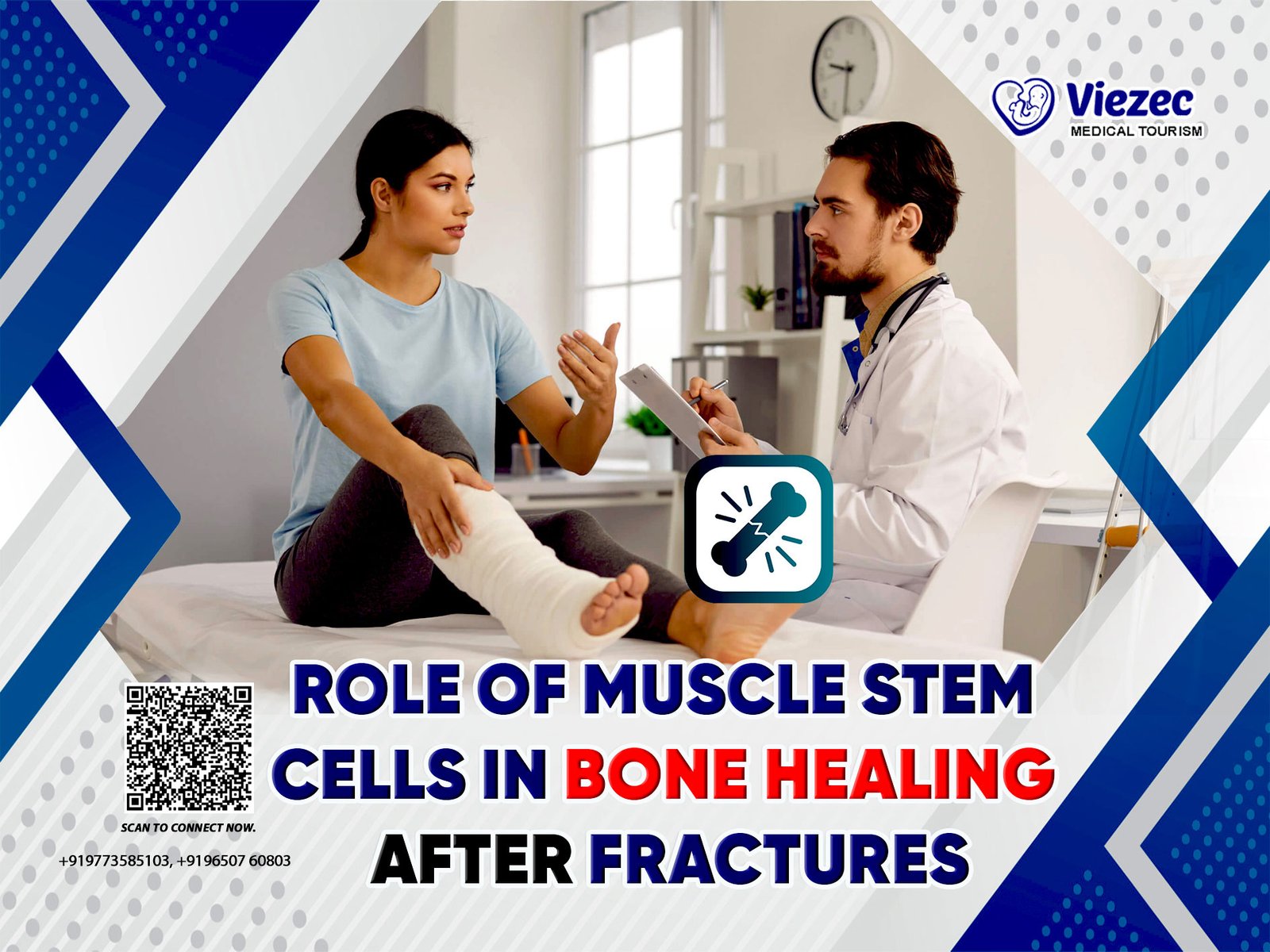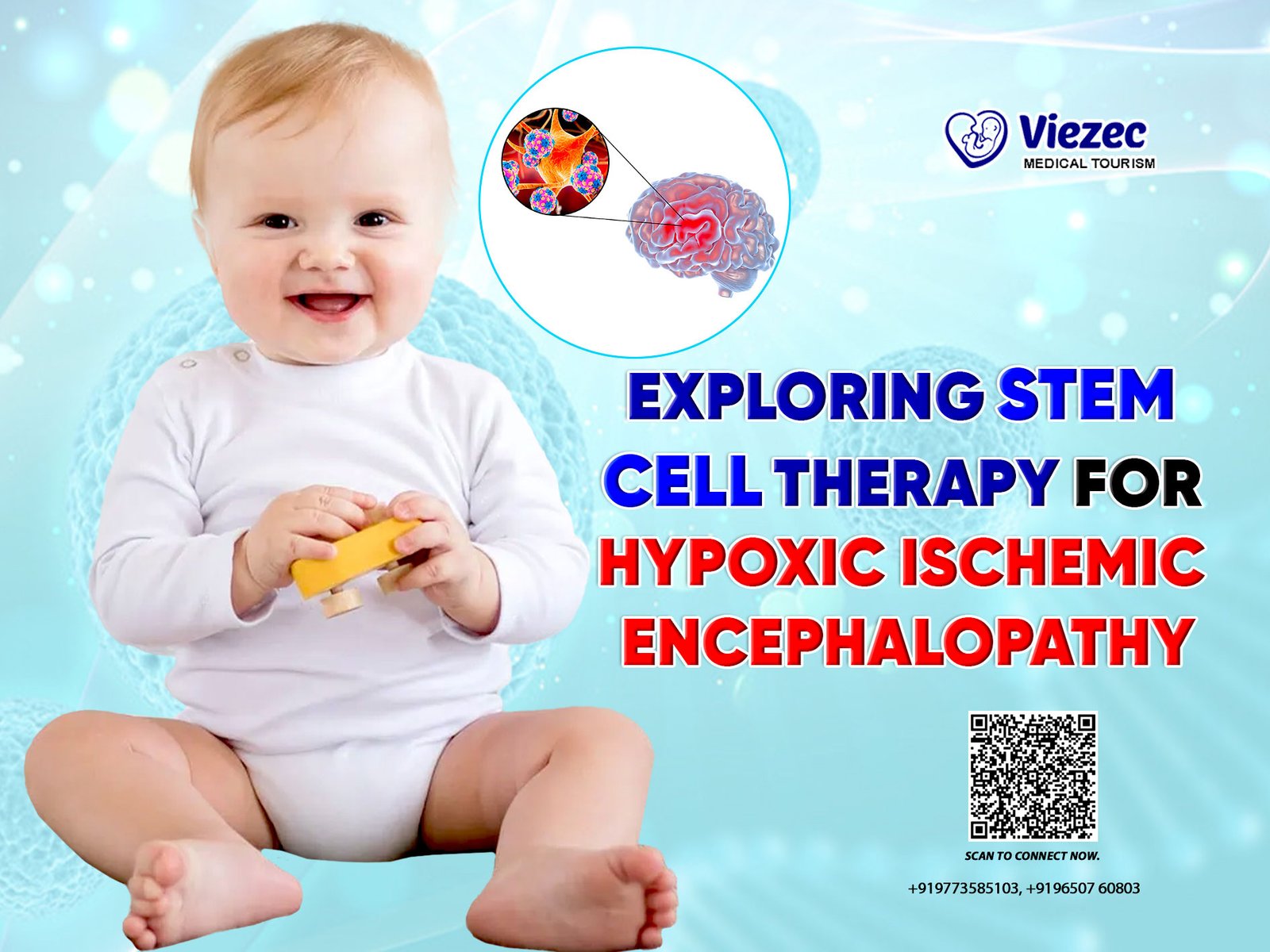Stem cell therapy has emerged as a promising frontier in regenerative medicine, offering new hope for patients with chronic and degenerative conditions. But before starting treatment, it’s crucial to understand what the therapy involves, how it works, and whether it’s right for you. This comprehensive guide explores everything you need to know—from how stem cells function and types used in therapy to eligibility criteria, treatment risks, costs, ethical considerations, and post-treatment care. Whether you’re considering stem cell therapy for yourself or a loved one, this article helps you make an informed and confident decision.
Gaining a Clear Understanding of Stem Cell Therapy
What Is Stem Cell Therapy?
Stem cell therapy is a groundbreaking branch of regenerative medicine that focuses on healing the body from within. At its core, it involves using stem cells—unique cells with the ability to develop into various specialized cells—to repair or replace damaged tissues and organs. Unlike traditional treatments that often manage symptoms, stem cell therapy aims to address the root cause of diseases and injuries by regenerating lost or dysfunctional tissue.
This promising approach is being explored in the treatment of numerous chronic and degenerative conditions, such as orthopedic injuries, neurological disorders, autoimmune diseases, and more.
How Does It Work in the Body?
When stem cells are introduced into the body—either through injections, IV infusions, or targeted delivery—they don’t just sit idle. These intelligent cells migrate to areas of inflammation or injury. Once there, they get to work by:
-
Releasing growth factors that stimulate healing
-
Modulating the immune system to reduce harmful inflammation
-
Differentiating into the types of cells needed for tissue repair (e.g., cartilage, nerve, or muscle cells)
The result? A regenerative environment that supports natural healing, reduces pain, and may even halt disease progression. While outcomes can vary, many patients experience functional improvements that enhance their quality of life.
Common Types of Stem Cells Used
Stem cell therapy isn’t a one-size-fits-all approach. The type of stem cells used can significantly influence treatment effectiveness, safety, and ethical considerations.
Embryonic Stem Cells (ESCs)
Sourced from early-stage embryos, these cells are pluripotent—capable of becoming any cell type in the human body. ESCs offer tremendous regenerative potential but are surrounded by ethical and legal concerns. In most countries, their use is strictly regulated, and they’re primarily limited to laboratory research or tightly controlled clinical trials.
Adult Stem Cells (ASCs)
Also called somatic stem cells, these are found in fully developed tissues like bone marrow, fat (adipose tissue), and blood. They are multipotent, meaning they can become a limited range of cell types. While they don’t have the same versatility as embryonic stem cells, adult stem cells are widely used in clinical applications due to their safety profile and ease of extraction.
Induced Pluripotent Stem Cells (iPSCs)
iPSCs are adult cells—often skin or blood cells—that have been reprogrammed back into a pluripotent state, mimicking embryonic stem cells. They offer the best of both worlds: the ability to become nearly any cell type without the ethical concerns tied to embryos. However, the technology is still evolving, and their use in human treatments remains mostly experimental.
Ready to Explore Stem Cell Therapy?
Take the first step towards healing and rejuvenation. Schedule your consultation now!
Assessing If You’re a Suitable Candidate
Before considering stem cell therapy, it’s essential to understand whether you’re a good candidate. Not every individual or condition responds the same way to regenerative treatments. A personalized evaluation ensures the therapy is safe, effective, and tailored to your specific health needs.
Medical Conditions That Respond Well to Therapy
Stem cell therapy is not a miracle cure—but for many conditions, it offers a compelling new path forward. Promising results have been observed in:
-
Orthopedic issues like osteoarthritis, tendon injuries, and cartilage damage
-
Neurological disorders such as multiple sclerosis, Parkinson’s disease, and spinal cord injuries
-
Autoimmune conditions like lupus and rheumatoid arthritis
-
Diabetes-related complications, including diabetic foot ulcers and neuropathy
However, outcomes vary depending on disease stage, overall health, and the type of stem cells used. That’s why individualized assessment is so critical.
Factors That May Affect Eligibility
Several personal and medical factors influence your candidacy for stem cell therapy.
Age and Overall Health
While there’s no strict age limit, younger patients with robust immune systems often respond better. That said, older adults in good health may still benefit—especially if early intervention is possible. Chronic illnesses, organ dysfunction, or immunosuppression could limit suitability or increase risks.
Stage and Severity of Disease
Patients in earlier stages of their condition tend to see better results. In advanced or end-stage diseases, the therapy may offer only limited relief. The timing of treatment plays a key role in maximizing its potential.
Why a Pre-Treatment Evaluation Matters
A pre-treatment evaluation isn’t just a formality—it’s a vital step. During this process, the medical team will:
-
Review your medical history and current condition
-
Conduct lab tests, imaging, or other diagnostics
-
Evaluate risk factors or contraindications
This careful assessment ensures safety, sets realistic expectations, and helps personalize the treatment strategy. Without it, patients risk pursuing a therapy that may not be appropriate—or safe—for their condition.
Researching the Right Treatment Center
Choosing where to undergo stem cell therapy is just as important as deciding to pursue the treatment itself. Not all clinics are created equal—and in a rapidly evolving field like regenerative medicine, credibility, transparency, and expertise matter more than ever.
How to Choose a Qualified Stem Cell Provider
Start by researching clinics that specialize in regenerative medicine and have a documented history of successful treatments. Reputable providers will:
-
Be transparent about the conditions they treat
-
Offer evidence-based therapies, not unproven claims
-
Use FDA-approved protocols (or follow clinical trial regulations where applicable)
-
Emphasize patient safety and ethical standards
Look beyond flashy marketing and focus on medical integrity. A trustworthy provider will always prioritize your well-being over making a sale.
Credentials, Certifications, and Clinical Experience
The qualifications of the medical team are critical. Ask whether the physicians are:
-
Board-certified in relevant specialties (e.g., orthopedics, neurology, or immunology)
-
Experienced specifically in administering stem cell procedures
-
Actively involved in clinical research or peer-reviewed publications
A center’s leadership, ongoing training, and commitment to quality all influence your outcome.
Questions to Ask During a Consultation
A thorough consultation is your opportunity to evaluate the provider. Don’t hesitate to ask detailed questions like:
What type of stem cells are used?
Are they autologous (from your own body) or allogeneic (from a donor)? Are they derived from bone marrow, fat, umbilical cord, or elsewhere? Knowing the source can help you understand the therapy’s safety, legality, and potential effectiveness.
Are treatments part of approved clinical trials?
Participation in a registered clinical trial ensures rigorous oversight and ethical practice. If it’s a commercial offering, ask for clinical data supporting the treatment’s efficacy for your specific condition.
Transparency is a strong indicator of trustworthiness—any hesitation or vague responses should raise red flags.
Have Questions About Stem Cell Therapy?
Our team is here to assist you. Reach out for more information and guidance!
Understanding the Risks and Benefits
Stem cell therapy holds transformative potential—but like any medical procedure, it comes with both rewards and risks. Understanding these upfront helps you make an informed decision rooted in both hope and realism.
Potential Advantages of Stem Cell Therapy
When performed under the right conditions, stem cell therapy can deliver powerful benefits, especially in degenerative or hard-to-treat conditions.
Pain Reduction, Mobility Improvement, Regeneration
Patients commonly report:
-
Reduced chronic pain, especially in joints and spine
-
Improved mobility and function after orthopedic injuries
-
Accelerated tissue regeneration, supporting recovery and repair
-
Lower dependency on medications or surgery in some cases
These benefits stem from stem cells’ unique abilities to promote healing, modulate inflammation, and replace damaged cells—all with fewer side effects than traditional invasive treatments.
However, outcomes can vary. No ethical clinic will guarantee results, and therapy may need to be repeated over time for sustained impact.
Recognizing the Risks and Side Effects
While stem cell therapy is generally considered safe when performed by qualified professionals, potential side effects and risks do exist.
Infections, Tumor Formation, or Immune Reactions
-
Infection at the injection site is possible if sterile protocols are not followed
-
Uncontrolled cell growth (tumor formation) is a rare but serious risk, especially with unregulated or embryonic stem cells
-
Immune system responses, such as rejection or inflammation, may occur with donor-derived (allogeneic) cells
To minimize these risks, it’s crucial to receive treatment from licensed providers who follow rigorous standards and only use approved cell sources.
Importance of Informed Consent
Before undergoing therapy, you should receive and review a detailed informed consent document. This agreement should clearly explain:
-
What the treatment involves
-
Potential risks and side effects
-
Alternative options available
-
The realistic range of outcomes
Make sure all your questions are answered. Ethical providers will never pressure you and will encourage you to take your time before committing.
Financial Planning and Insurance Insights
While stem cell therapy offers promising benefits, it often comes with a significant financial commitment. Understanding the costs involved—and your payment options—can help you make a decision that’s both informed and financially responsible.
Estimated Cost of Stem Cell Procedures
The cost of stem cell therapy can vary widely, influenced by several factors such as:
-
The type of stem cells used (e.g., autologous vs. donor-derived)
-
The condition being treated
-
The location and reputation of the clinic
-
The number of sessions required
On average, procedures may cost anywhere from $5,000 to over $50,000. For example, orthopedic treatments tend to be on the lower end, while complex therapies for neurological or autoimmune disorders are typically more expensive.
It’s essential to request a full cost breakdown in advance, including consultation fees, laboratory work, follow-ups, and any supportive treatments.
Is Stem Cell Therapy Covered by Insurance?
In most cases, insurance does not cover stem cell therapy, particularly if it’s considered experimental or not FDA-approved for your specific condition. However, there are exceptions:
-
Some autologous bone marrow transplants, especially for blood-related cancers, may be covered
-
Clinical trial participants may receive treatment at reduced or no cost
Always confirm coverage with your insurance provider, and be cautious of clinics that claim universal insurance acceptance without documentation.
Exploring Payment Plans and Medical Loans
If you’re not covered, don’t lose hope—many reputable providers offer flexible financial options, such as:
-
Monthly payment plans
-
Partnerships with medical financing companies
-
Discounts for early payment or bundled sessions
Discuss all options during your consultation and get any agreements in writing. Investing in your health is a big decision—make sure it fits your budget without compromising quality or safety.
Discover the Benefits of Stem Cell Therapy
Start your journey towards better health today. Schedule a consultation with us!
Legal and Ethical Dimensions
Stem cell therapy operates at the cutting edge of modern medicine—and with that innovation comes a complex legal and ethical landscape. As a patient, it’s important to understand what’s permitted, what’s still experimental, and how to protect yourself from unethical practices.
Current Regulatory Status Worldwide
Stem cell regulations vary widely by country, which impacts the availability and safety of treatments. Here are a few general trends:
-
United States: The FDA allows only a limited number of approved stem cell therapies—mainly for blood and immune disorders. Other applications must go through strict clinical trials.
-
Europe: Countries like Germany, France, and the UK regulate stem cell use closely, often limiting it to research or approved conditions.
-
India, Mexico, and parts of Asia: Some clinics offer broader commercial use of stem cell treatments, but regulation and oversight can be inconsistent.
Before traveling for treatment abroad, research the legal framework in that country—and verify if the clinic adheres to international medical standards.
How to Avoid Unapproved or Unethical Clinics
The rise of “stem cell tourism” has led to the proliferation of unregulated or fraudulent clinics, some of which make bold claims with little or no scientific backing. To stay safe:
-
Avoid providers who promise guaranteed results
-
Be wary of clinics that don’t require medical evaluations or informed consent
-
Check if the clinic is registered with health authorities or involved in legitimate clinical trials
A trustworthy provider will always be transparent about what the therapy can realistically achieve and whether it is approved for your condition.
Stem Cell Therapy in Clinical Trials vs. Commercial Use
Clinical trials are an essential part of advancing stem cell science. They follow strict protocols, including:
-
Peer-reviewed methodology
-
Ethics committee approvals
-
Close monitoring of safety and efficacy
Commercial use, on the other hand, may not always follow such rigorous standards—especially in loosely regulated regions. Participating in a registered clinical trial can often give you access to cutting-edge care under structured oversight, sometimes at reduced cost.
Setting Realistic Treatment Expectations
Stem cell therapy offers genuine hope—but it’s crucial to ground that hope in reality. Setting clear expectations from the start will help you make a more confident and informed decision about your health journey.
Understanding What Stem Cell Therapy Can and Cannot Do
Stem cells have remarkable healing potential. They can:
-
Promote tissue regeneration
-
Reduce inflammation
-
Improve symptoms in chronic conditions
However, stem cell therapy is not a guaranteed cure. Results vary based on your condition, overall health, and how your body responds to the treatment. In many cases, stem cells slow disease progression or enhance quality of life, rather than reversing the disease entirely.
Also, not all medical conditions are treatable with stem cells—some may benefit more from other conventional or integrative approaches.
Timeline for Results and Recovery
Healing with stem cells is a process, not an instant fix. Depending on your condition and the type of therapy, here’s what to expect:
-
Some patients notice improvements within a few weeks
-
Others may require several months for regenerative effects to unfold
-
Multiple sessions might be recommended for optimal outcomes
During this time, you may be asked to follow a personalized rehabilitation plan, which can include rest, physical therapy, or nutritional guidance to support healing.
Case Studies and Testimonials (Use with Caution)
Patient testimonials and online reviews can offer helpful insight—but they should be viewed as individual experiences, not universal outcomes. What worked for one person may not work the same way for another.
Instead of relying solely on personal stories, look for:
-
Peer-reviewed research
-
Clinical trial results
-
Published success rates (where available)
Ethical clinics will gladly share data that supports their claims and help you understand how likely you are to benefit, based on your specific case.
Post-Treatment Care and Monitoring
The success of stem cell therapy doesn’t end with the last injection—it extends into the recovery period. What you do after the procedure can significantly influence your results, so post-treatment care and long-term monitoring are essential parts of the journey.
What to Expect After the Procedure
Most stem cell procedures are minimally invasive, and recovery is typically quick. However, some short-term effects may include:
-
Mild swelling, bruising, or soreness at the injection site
-
Temporary fatigue or a feeling of discomfort
-
A rest period recommended by your provider to allow cells to settle and begin their regenerative work
Providers will often advise avoiding intense activity for a few days to allow optimal healing.
Importance of Physical Therapy or Lifestyle Changes
To maximize your outcomes, many providers recommend integrating supportive care like:
-
Physical therapy – helps improve mobility, strengthen affected areas, and support cellular integration
-
Anti-inflammatory diets – reduce oxidative stress and support cellular repair
-
Stress reduction and sleep hygiene – promote immune balance and healing
-
Avoiding smoking or alcohol – both of which can impair stem cell function
Stem cell therapy works best when combined with holistic lifestyle changes that promote whole-body wellness.
Long-Term Follow-Up and Evaluation
Monitoring your progress over time ensures your treatment stays on track. Follow-up appointments may include:
-
Imaging scans or blood tests to assess tissue repair
-
Symptom tracking to measure improvement
-
Adjustments to therapy or rehabilitation plans based on how you’re responding
Ongoing communication with your care team can also help identify any rare side effects early and support sustained recovery.


